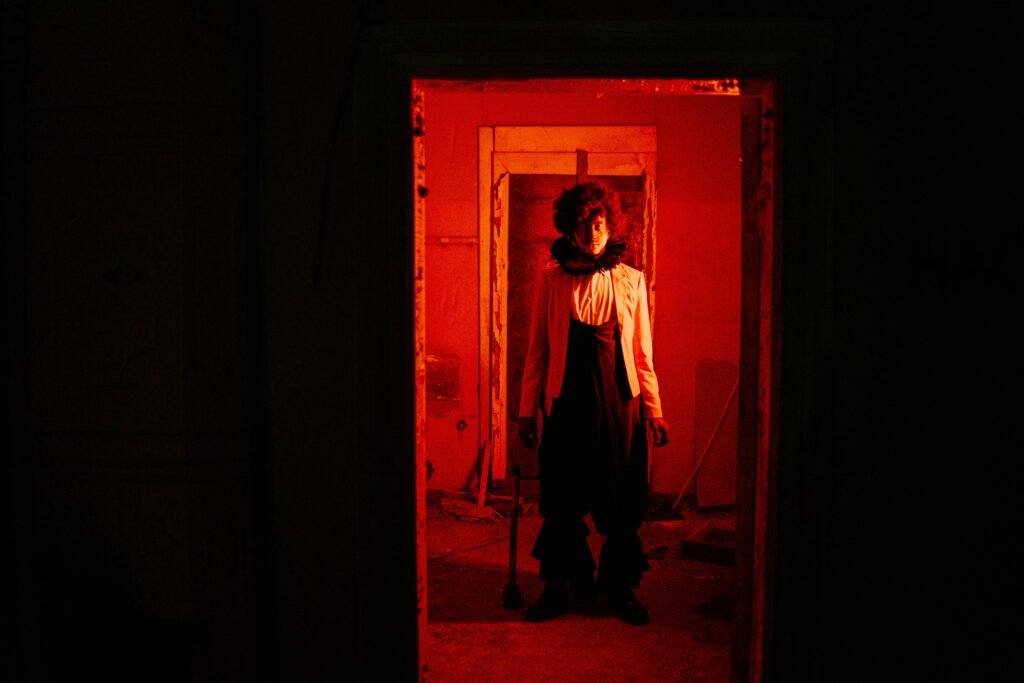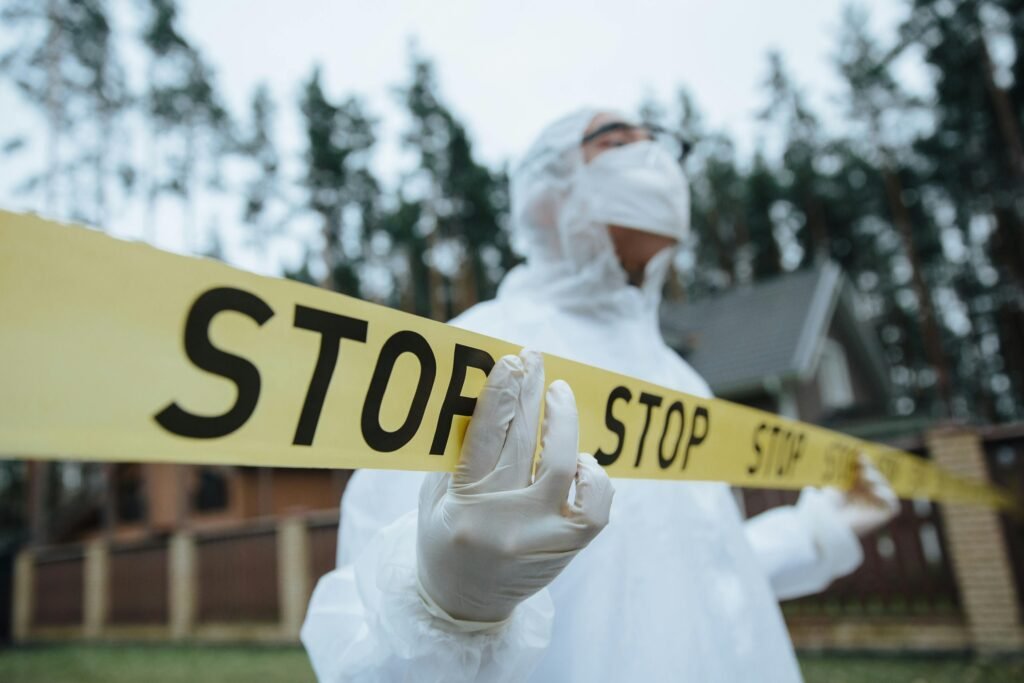From First Draft to Final Manuscript: A Crime Novel Complete Writing Guide
From First Draft to Final Manuscript: A Crime Novel Complete Writing Guide Writing a crime novel is an intricate journey of creativity, discipline, and meticulous craftsmanship. This comprehensive guide will walk you through every stage of the writing process, from the initial spark of inspiration to the final, polished manuscript that captivates readers and stands out in the competitive world of crime fiction. The Genesis of a Crime Novel: Finding Your Story Cultivating the Seed of Inspiration Every great crime novel begins with a singular moment of inspiration. For crime writers, this often emerges from: Intriguing news stories Personal observations of human behavior Unexplored societal tensions Psychological mysteries that challenge conventional understanding Unique criminal scenarios that defy typical narrative expectations Developing Your Central Premise A compelling crime novel requires a robust central premise that goes beyond a simple plot. Consider: The unique hook that sets your story apart The fundamental conflict that drives the narrative The deeper thematic exploration beneath the surface-level mystery The specific criminal or investigative landscape you’ll explore Research: The Foundation of Authentic Crime Fiction Deep Dive into Professional Expertise Authentic crime fiction demands rigorous research: Interview law enforcement professionals Consult forensic experts Study criminal psychology reports Attend legal and investigative workshops Explore academic research on criminal behavior Technical Accuracy vs. Narrative Flow Balance is key when incorporating research: Use technical details to enhance authenticity Avoid overwhelming readers with excessive procedural information Integrate expert knowledge seamlessly into narrative Prioritize storytelling over technical exposition Plotting the Perfect Crime Novel Structural Considerations Effective crime novel structures typically involve: A compelling inciting incident Strategic plot point revelations Tension-building complications Unexpected twists A satisfying yet unpredictable resolution Plotting Methodologies Explore different plotting approaches: The Linear Progression Chronological storytelling Clear cause-and-effect narrative Straightforward investigative journey The Fractured Narrative Multiple perspectives Non-linear timeline Complex psychological exploration The Procedural Approach Detailed investigative process Step-by-step problem-solving Emphasis on professional methodology Character Dynamics and Interaction Create intricate character relationships: Develop complex investigative team dynamics Explore interpersonal conflicts Build nuanced character motivations Establish believable professional and personal tensions Character Development in Crime Fiction The Protagonist: More Than Just an Investigator Craft a multidimensional lead character: Unique personal background Distinct psychological profile Professional strengths and personal vulnerabilities Internal conflicts that parallel external investigations Supporting Cast and Antagonists Build a rich ecosystem of characters: Diverse professional backgrounds Competing motivations Morally ambiguous supporting characters Antagonists with complex psychological landscapes Writing Techniques for Crime Novelists Crafting Compelling Dialogue Dialogue in crime fiction serves multiple purposes: Reveal character psychology Advance plot Create tension Provide subtle exposition Demonstrate professional expertise Narrative Voice and Perspective Choose your narrative approach carefully: First-person investigative perspective Third-person limited Multiple viewpoint narratives Omniscient overview with strategic limitations Pacing and Tension Management Master the art of narrative momentum: Strategic revelation of clues Balancing action and reflection Creating sustained psychological tension Managing reader expectations The Writing Process: From Concept to First Draft Establishing a Writing Routine Develop a sustainable writing practice: Consistent writing schedule Dedicated workspace Goal-setting strategies Productivity techniques specific to long-form writing First Draft Strategies Approach your initial draft strategically: Embrace imperfection Focus on story progression Avoid premature editing Maintain forward momentum Use placeholder sections for complex research-dependent scenes Revision and Editing Techniques Structural Editing Comprehensive manuscript assessment: Plot coherence Character arc consistency Thematic development Narrative tension Structural flow Technical Editing Detailed manuscript refinement: Dialogue authenticity Procedural accuracy Consistent character voices Eliminating redundancies Tightening narrative language Professional Editing Considerations Navigate the editing landscape: Beta reader feedback Professional manuscript assessment Specialized crime fiction editors Peer review strategies Genre-Specific Considerations Subgenre Nuances Understand specific crime fiction subgenres: Police procedurals Private investigator narratives Legal thrillers Psychological suspense International crime fiction Cultural and Regional Specificity Incorporate authentic contextual details: Local law enforcement practices Regional criminal landscapes Cultural investigative approaches Societal legal frameworks Publishing Pathways Traditional Publishing Route Navigate the traditional publishing ecosystem: Crafting query letters Finding appropriate literary agents Understanding publishing contracts Manuscript submission protocols Independent Publishing Strategies Explore self-publishing opportunities: Digital publishing platforms Marketing strategies Building reader communities Professional book production Continuous Improvement and Growth Ongoing Skill Development Invest in your writing craft: Writing workshops Crime fiction conferences Professional writing groups Continuous reading across genres Industry Awareness Stay informed about: Emerging crime fiction trends Technological advances in investigative techniques Shifting reader preferences Publishing industry dynamics Conclusion: The Writer’s Journey Writing a crime novel is more than a technical exercise—it’s an exploration of human psychology, societal tensions, and the complex mechanisms of justice and transgression. Each manuscript represents a unique journey of discovery, both for the writer and the eventual reader. Embrace the process, remain committed to your craft, and trust in the power of a meticulously constructed narrative. Your crime novel is not just a story—it’s a window into the intricate landscapes of human motivation, resilience, and the perpetual struggle between order and chaos. Final Thoughts for Aspiring Crime Novelists Stay curious Never stop learning Trust your unique narrative voice Embrace the complexity of human experience Write with passion, precision, and unwavering commitment crime writing techniques, novel writing guide, thriller manuscript, crime fiction writing, storytelling strategies, publishing tips, author resources, narrative development, crime novel structure, writing craft Focus Keyphrase: “Crime Novel Writing Guide” Meta Title: “Crime Novel Writing: The Ultimate Guide to Crafting Compelling Manuscripts” Meta Description: “Master the art of writing crime fiction with our comprehensive guide. Learn techniques for plotting, character development, research, and navigating the publishing world.” URL Slug: crime-novel-writing-guide









